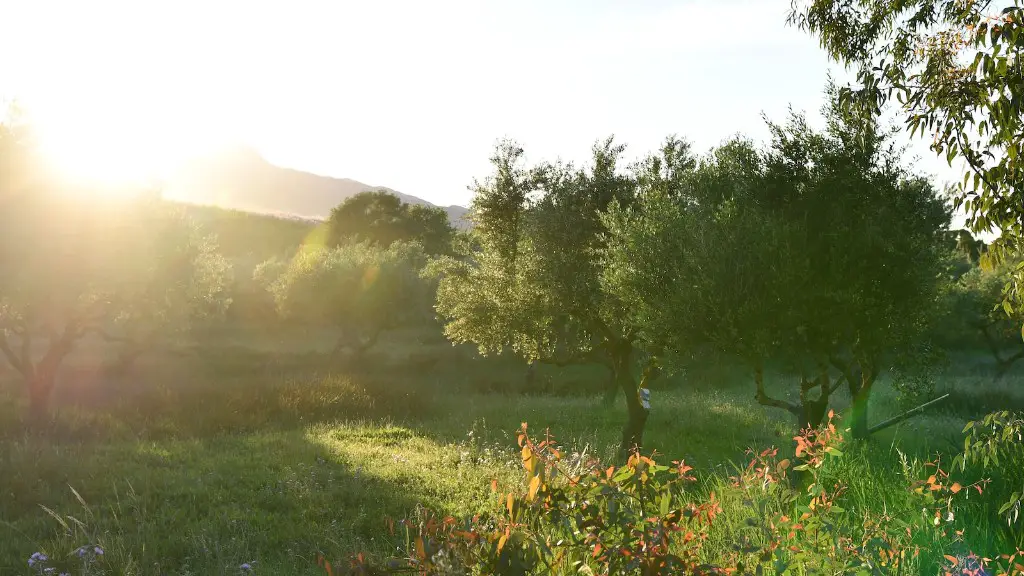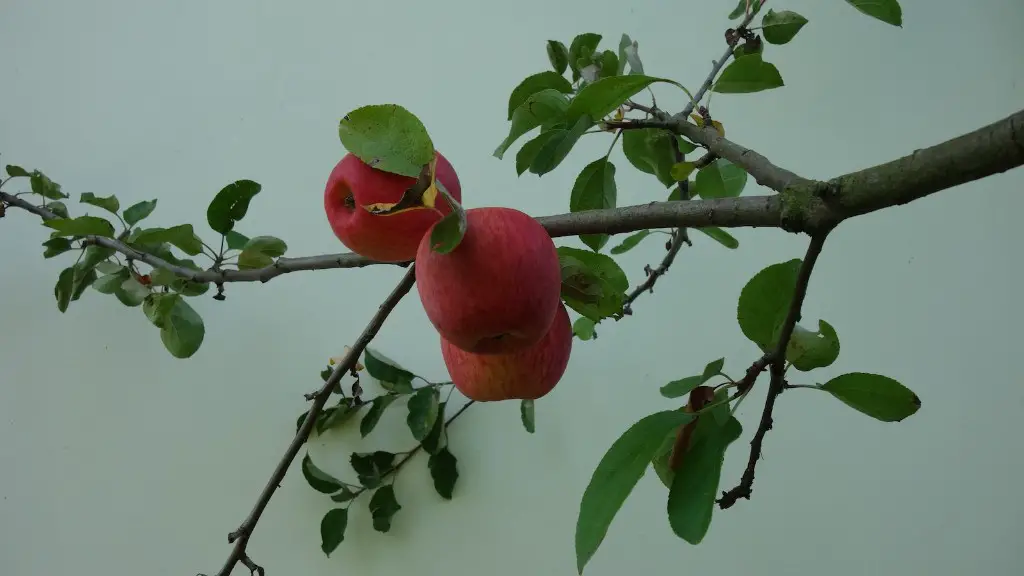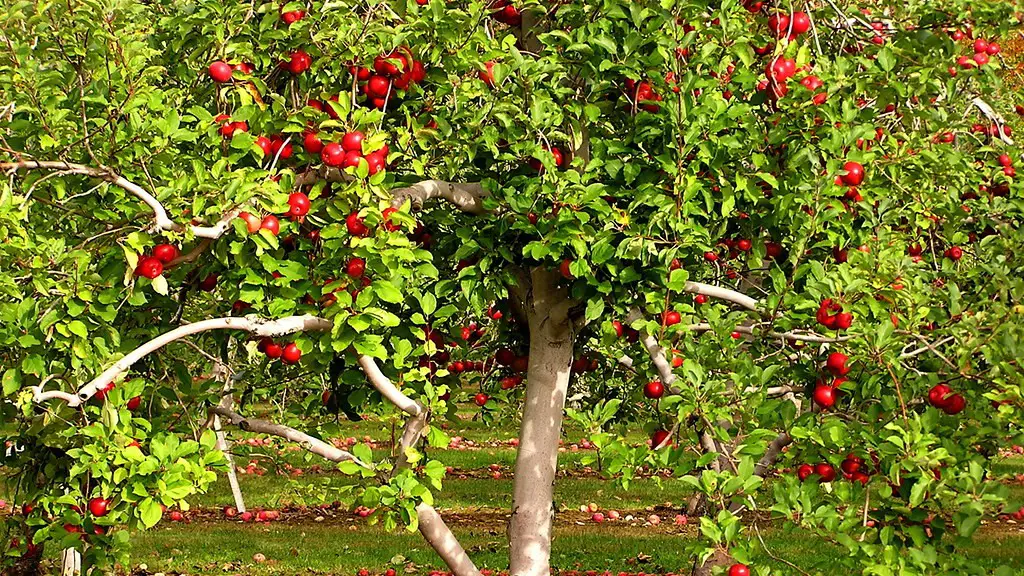Lemon tree leaves turning yellow and curling is a common issue that can occur for numerous reasons. Lemons are sensitive to multiple environmental stressors, so it is essential to diagnose causes and implement remedies. Nutrient deficiencies and water ratio changes, pest infestations, leaf scorching, and root rot can all contribute to the yellowing and curling of lemon tree leaves. It is important to identify the cause of these problems quickly in order to take appropriate care measures. Here are some tips to help you identify why your lemon tree leaves are yellowing and curling.
Nutrient Deficiencies
Lemon trees require specific levels of nitrogen, phosphate and potassium to stay healthy. An unbalanced ratio of these nutrients can result in yellowing and curling of the lemon tree leaves. Tests can be conducted to determine the current levels of these nutrients in the soil, and the results can be used to determine whether an application of fertilizer is necessary. In addition, if the pH of the soil is off, this can also lead to nutrient absorption problems. If tests reveal that the pH of the soil is off, it is important to amend the soil to the correct pH before applying fertilizer.
Water Ratio Changes
Lemon trees are very vulnerable to changes in the water ratio of their soil. Over-watering can cause root rot, resulting in yellow leaves that curl. Constant watering also increases the risk of fungal diseases. On the other hand, under-watering can cause drought stress and will almost certainly result in yellow and curling leaves. It is essential to water your lemon tree correctly to avoid these issues. Stick your finger about two to three inches into the soil, and if the soil is dry, it is time to water again. Watering until the soil is slightly moist should suffice.
Pest Infestations
Pests and diseases can sometimes be the cause of yellow leaves that curl. Diseases such as fungal diseases can cause severe damage to the leaves and symptoms can often be mistaken as other problems. Pesticides may be needed to effectively get rid of the pest problem, but always ensure that your chosen pesticide does not damage the leaves of your lemon tree.
Leaf Scorching
Leaf scorching is a common problem that occurs when the lemon tree is exposed to intense sunlight. The leaves will appear yellow and curled due to the damage caused by excessive sun exposure. In this case, it is important to make sure that the tree is not in direct sunlight for excessive periods of time. In addition, regular pruning of the lemon tree can help to increase airflow and reduce the risk of leaf scorching.
Root Rot
Lastly, root rot is a condition that can cause yellow and curling leaves. Root rot is caused by excessive water which can lead to a buildup of fungi in the soil. There are a few symptoms that may indicate root rot, including yellow and curled leaves, stunted growth, wilting, and discolored leaves. To prevent root rot, it is important to keep your lemon tree in well-draining soil, and to make sure that the soil does not become waterlogged.
Diagnosing the Problem
It’s important to properly diagnose why your lemon tree leaves are yellowing and curling in order to take the best care measures. As a general rule, yellowing and curling of the leaves can be caused by multiple environmental stressors. Checking the soil for nutrient levels and pH balance, scrutinizing pest infestations, and assessing water ratios is the first step towards identifying and solving the problem. If the problem persists after implementing remedies, it may be useful to consult a professional.
Avoiding Future Issues
Taking proactive steps to prevent future issues with your lemon tree will help to keep it healthy. Regular pruning and daily monitoring of the water ratio are key to avoiding issues such as leaf scorching and root rot. It’s also important to ensure that the soil contains adequate levels of nitrogen, phosphate, and potassium. Lastly, using a natural pesticide periodically is a great way to prevent any type of pest infestation.
Supplying Proper Care
Taking proper care of a lemon tree requires effort and dedication. As such, it is important to ensure that your tree is receiving the best care possible. Observe the water ratio and fertilizer levels regularly to make sure that your tree has adequate nutrients for healthy growth. In addition, pruning off dead or damaged branches can help to promote air circulation and reduce the risk of pests and diseases. Applying natural pesticides periodically is also a great way to protect the tree against infestations.
Monitoring Temperature and Humidity
Temperature and humidity levels also play an important role when it comes to the health of your lemon tree. It is important to ensure that the tree is in a location that receives adequate sun exposure while avoiding leaf scorching. Furthermore, if the weather becomes too cold, the tree may suffer from frost damage. Lastly, maintaining a suitable level of moisture in the air will also prevent the tree’s leaves from drying out and becoming yellow and curled.


